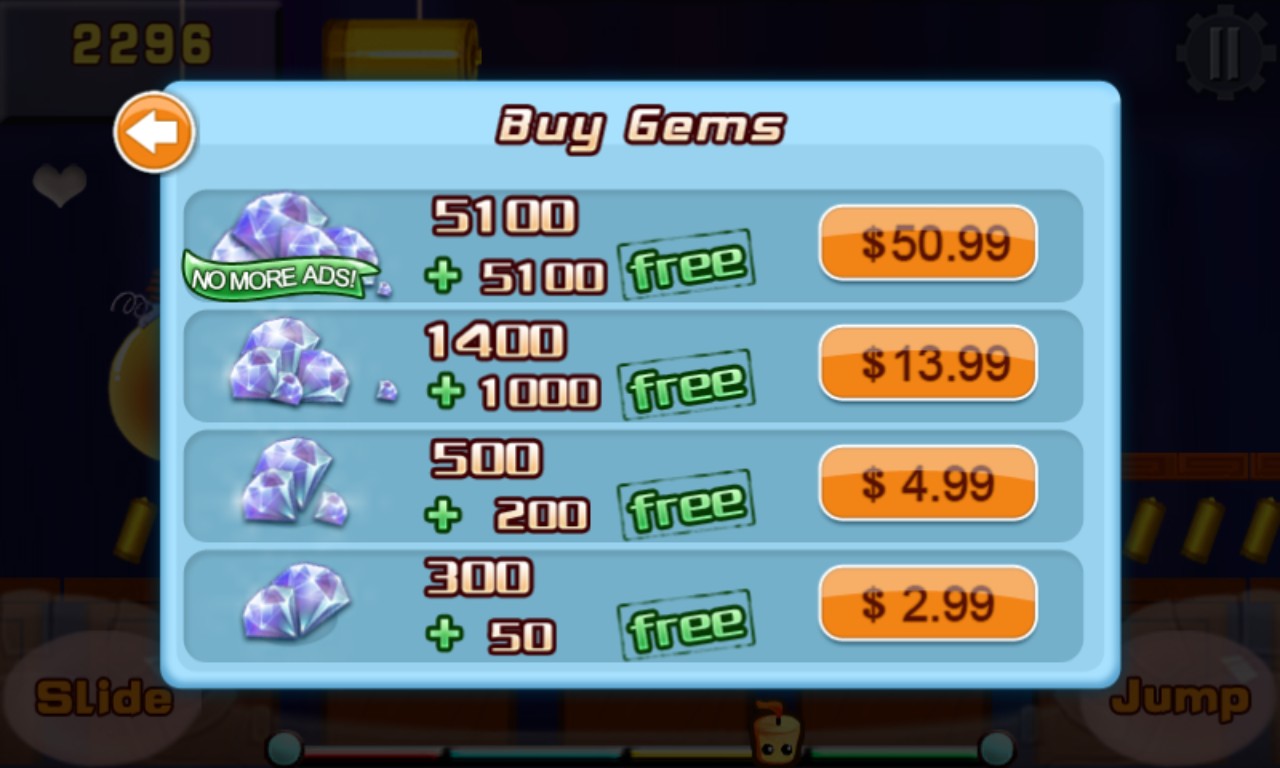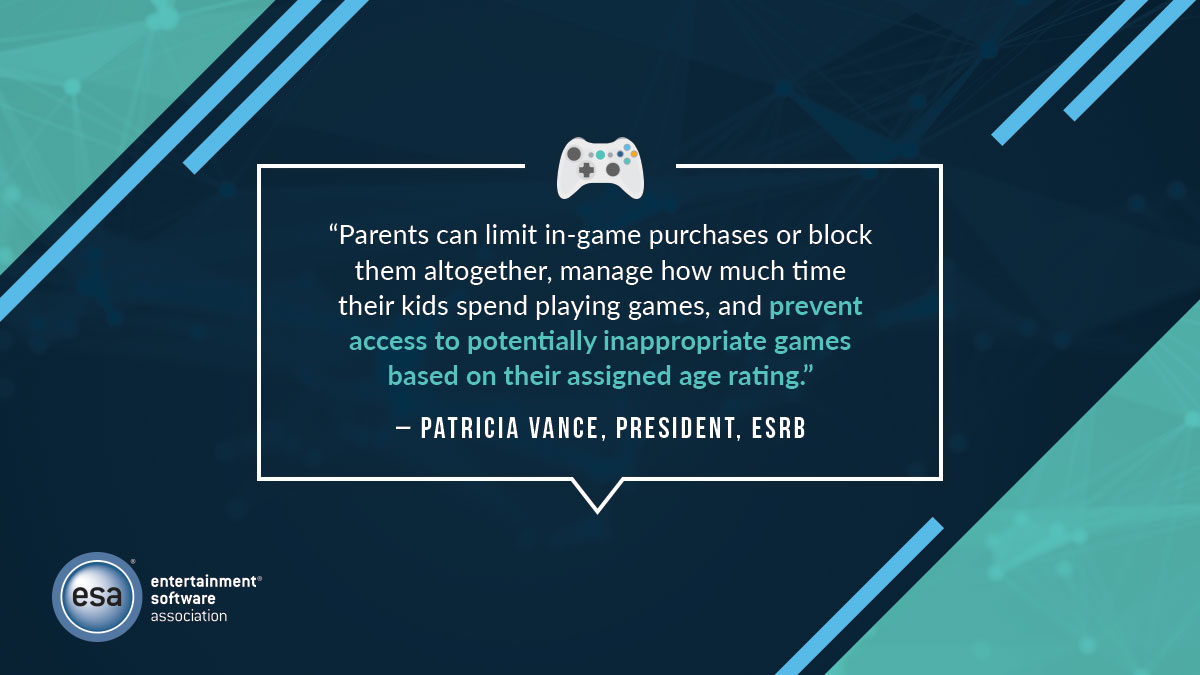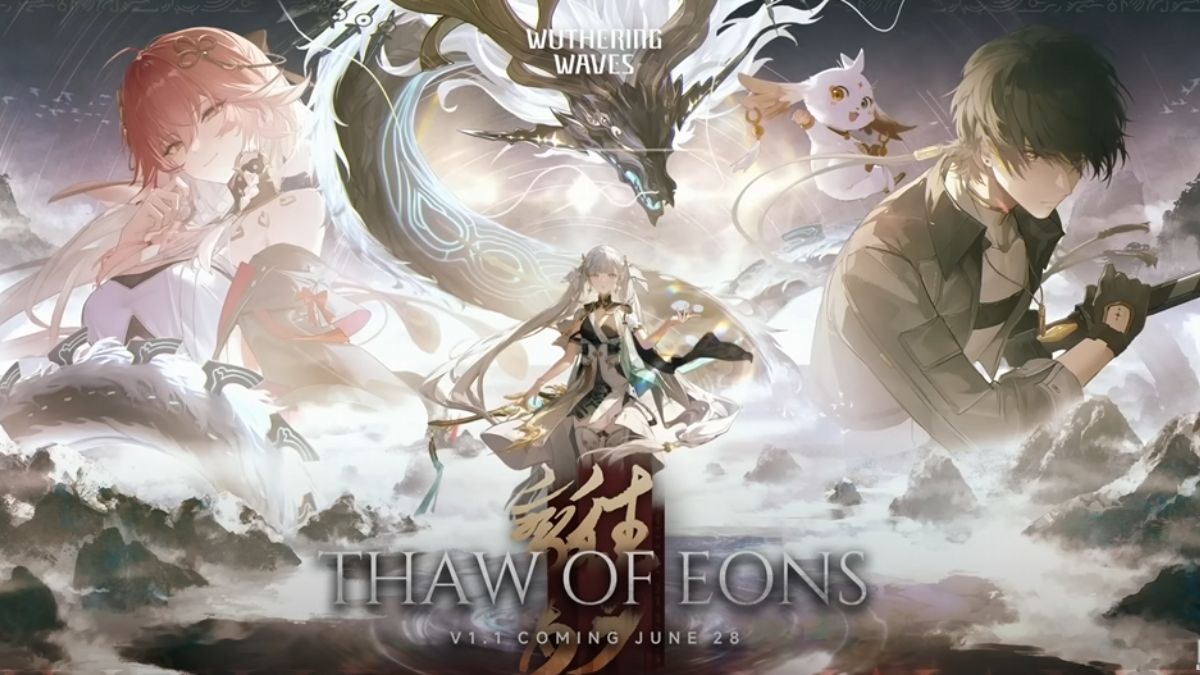The Entertainment Software Ratings Board (ESRB) has provided a detailed update on the challenge of raising awareness about in-game purchases. The information comes from a recent Gamasutra report summarizing parts of the Federal Trade Commission (FTC) In the Game conference.
The conference was meant to address the loot box and microtransaction issue plaguing the games industry, with one outcome being a promise from major publishers to present item drop rates in all games with loot boxes.
Last year, the ESRB decided to add a ratings tag for “in-game purchases.” As with its other ratings tags, this tag was focused on ensuring that parents knew what content their children might come across in a game.
The ESRB says that since the tag was added in April 2018, 18% of the physical games it reviews for ratings have had an in-game purchases notice included. However, the ESRB also said at least 32% of parents don’t really know what an in-game purchase or loot box is.
Patricia Vance, the ESRB’s president, said more education is needed so parents actually know what they’re children are playing — but it’s the parents’ responsibility to figure it out.
Vance’s stance isn’t a new one, either.
She outlined ways parents can be more proactive in an ESRB urging parents to rely on parental controls — or play the games themselves. The latter suggestion isn’t something every parent is able to do, though.
According to GamesIndustry.biz’s Rebekah Valentine, consumer advocates don’t think disclosing drop rates and telling parents to take responsibility is a satisfactory response.
Anna Laitin, Consumer Reports’ head of financial policy, said developers intentionally use persuasive tactics to influence consumers’ purchases. She said that’s very common in mobile games, including the recent Dr Mario World: giving players the option to wait for long periods or perform certain tasks to reach a goal, or spend real-world money to get what they want.
These design tactics aren’t covered by the ESRB’s new ratings tag. While the obvious conclusion to her argument is that consumers will naturally pay to reach a goal faster, the other corollary is that parents might have a different view of that design.
To them, what seems like an acceptable time to wait for a task or item to refresh might seem an impossibly long to their child.
Keith Whyte, Executive Director of the National Council on Problem Gambling, said the difference in perception applies even more to those vulnerable to gambling. Disclosing probability rates could potentially encourage gambling anyway, Whyte says, since the thrill is in the unknown.
Finally, Common Sense Media’s Ariel Fox Johnson claims it’s an issue even for those not vulnerable to gambling addiction. According to Johnson, children don’t always make the connection between spending real-world money for in-game items. It becomes even more of an issue when they can use their parents’ bank cards without authorization because said cards are already tied to the mobile account.
Patricia Vance has a response to all of these concerns, though: “I think you have to trust that the industry is serious about making the commitment they announced this morning.”








Published: Aug 8, 2019 2:29 PM UTC